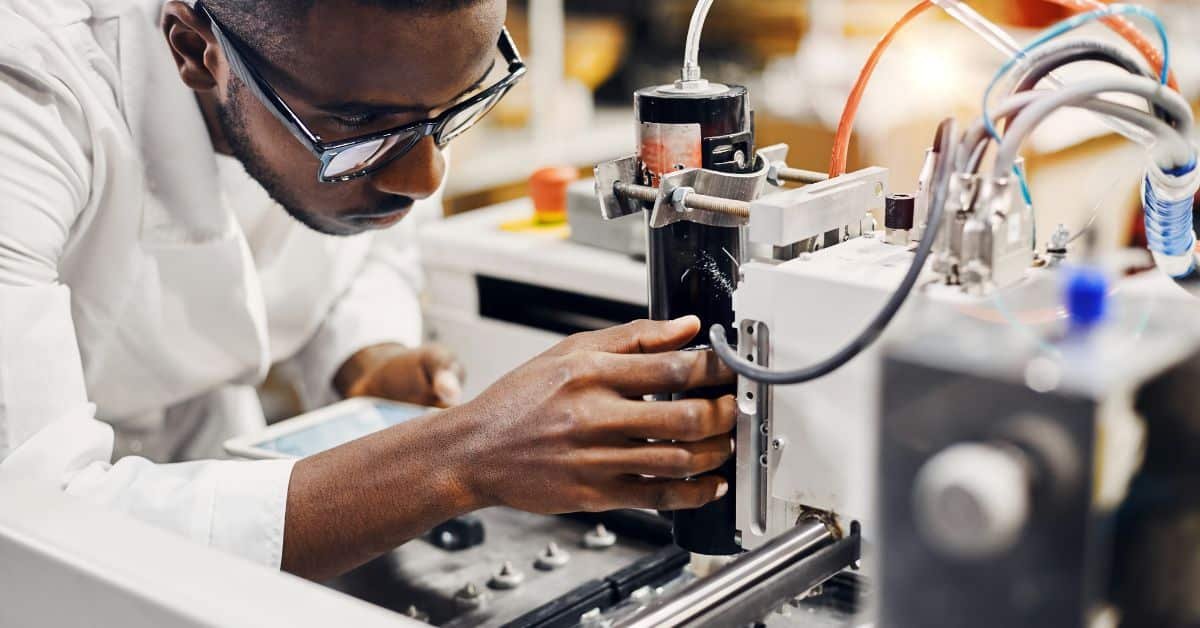Education technology, EdTech or EduTech, is revolutionizing the traditional classroom experience by introducing innovative tools and approaches to teaching and learning. By leveraging digital resources, multimedia content, and interactive platforms, Education Technology has opened up new avenues for knowledge acquisition and skills development. It has transformed the classroom from a passive learning environment to an active and dynamic space where students actively participate in their own education. This article explores the impact of education technology on the classroom experience and its potential to shape the future of education.
Enhancing Learning with Education Technology, EdTech or EduTech
Interactive Learning Tools
One of the key benefits of education technology is the availability of interactive learning tools. These tools include virtual simulations, educational games, and multimedia presentations that can capture students’ attention and make learning more enjoyable. By integrating these tools into the curriculum, educators can create a rich and immersive learning experience that enhances understanding and retention of knowledge.
Personalized Learning
Education technology enables personalized learning, catering to the unique needs and learning styles of individual students. Adaptive learning platforms use algorithms to analyze students’ progress and provide tailored content and feedback. This approach ensures that students can learn at their own pace, focusing on areas where they need additional support and challenging themselves in areas where they excel.
Access to Information and Resources
The internet and digital platforms have made vast amounts of information and resources easily accessible to students and teachers alike. Online libraries, educational websites, and open educational resources (OERs) provide a wealth of information that can supplement traditional textbooks and classroom materials. Students can conduct research, explore diverse perspectives, and access up-to-date information to deepen their understanding of the subject matter.
Collaboration and Communication
Education technology facilitates collaboration and communication among students, teachers, and even global communities. Online discussion forums, collaborative projects, and video conferencing tools enable students to connect, share ideas, and work together on assignments. This fosters a sense of community and teamwork, promoting critical thinking, problem-solving, and communication skills.
Gamification in Education
Gamification, the integration of game elements into educational activities, has gained popularity in classrooms. By introducing game-like features such as rewards, challenges, and progress tracking, educators can make learning more engaging and motivating. Gamification encourages active participation, healthy competition, and a sense of achievement, which can enhance student motivation and interest in the subject matter.
Education technology is revolutionizing the classroom experience, creating a dynamic and engaging learning environment. It enhances learning through interactive tools, personalized approaches, access to information, and collaborative opportunities. However, it is essential to address challenges such as the digital divide and provide support to teachers. With the continuous advancement of technology, the future of education holds tremendous potential for further innovation and improved learning outcomes.









